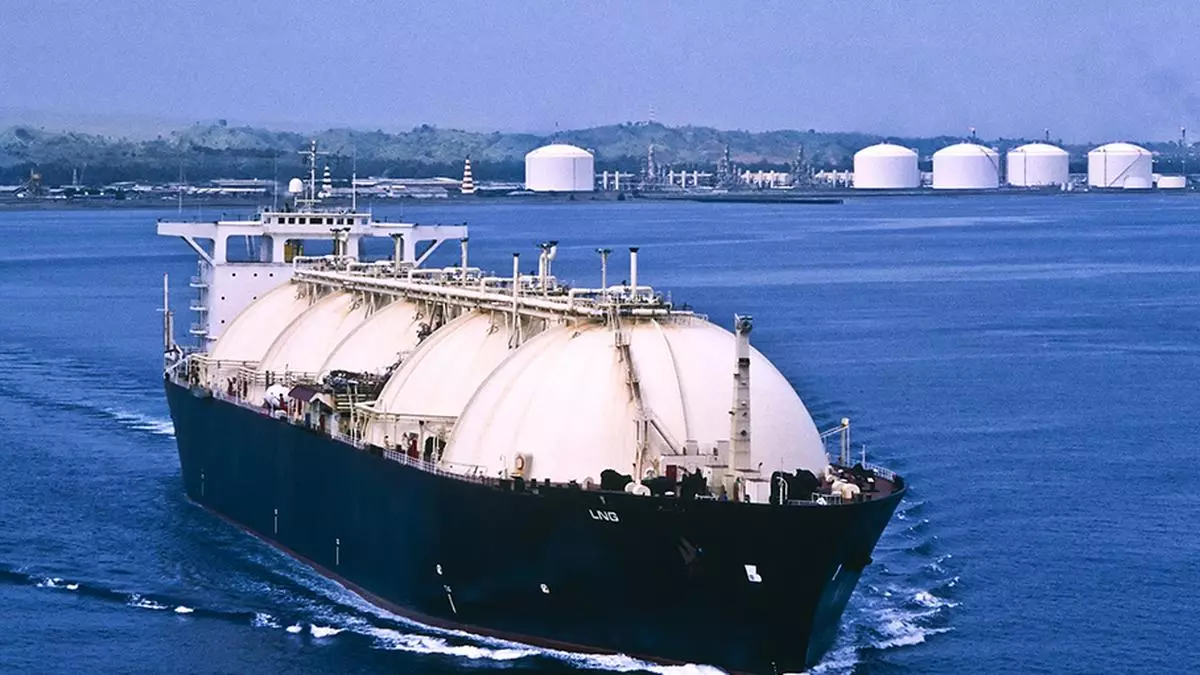India’s import of liquefied natural gas (LNG) is expected to decline in the 2025 calendar year (CY) largely due to moderate demand and stiff competition in global markets for LNG cargoes as the European Union (EU) returns to the market following pipeline supply risks and a colder-than-usual winter.
The International Energy Agency (IEA) in its gas market report for Q1 2025 CY pointed out that LNG cargoes by the world’s fourth largest importer grew by a record amount of over 6 billion cubic meters (BCM), or up 21 per cent Y-o-Y, in 2024. It accounted for 7 per cent of global imports.
The agency attributed the development to robust demand for RLNG (regasified LNG) in the city gas distribution (CGD) and oil refining sectors, as well as softer domestic gas production dynamics.
However, annual growth in India is expected to slip to 10 per cent during 2025, from 21 Y-o-Y in 2024, “in line with more tempered natural gas demand growth and continued competition for cargoes internationally”, the agency added.
Imports increased throughout 2024, supported by lower relative prices. In 2024 the number of LNG cargoes tendered for delivery (both supplier offers and user invitations) in India increased by 70 per cent Y-o-Y.
The number of cargoes awarded increased by 85 per cent, while the number not awarded decreased by 20 per cent.
IEA expects natural gas demand in India to increase by 8 per cent (or 6 BCM) in 2025, assuming average weather conditions, driven by the country’s growing energy needs and rapid economic expansion.
Diversifying supply sources
India remains an attractive market for long-term suppliers, said IEA adding, just over 15 BCM per year of new sales and purchase agreements were signed in 2024, including the renewal for 20 years of Qatar’s 10 BCM per year contract starting from 2028.
“The strategy of diversifying LNG supplies in the coming years is reflected in the signing of new long-term contracts with portfolio players totalling more than 4 BCM per year, with the remainder of the 15 BCM per year of newly signed contracts coming from the US,” it added.
Evolving global market
The IEA, however, projected that the year 2025 will bring about a shift in global LNG market dynamics as more liquefaction projects ramp up or come online and pipeline supply risks in Europe lead to a return to growth in LNG imports for the region.
Under the assumption that Ukrainian transit of Russian pipeline deliveries to Europe does not resume following the lapse of the previous transit agreement, Europe is set to balance its market by taking in around 16 per cent (or 21 BCM) more LNG Y-o-Y in 2025, it added.
“Asia Pacific LNG imports are set to grow by about 2.5 per cent (or 9 BCM) in 2025, growth about a quarter that of 2024, as the global market remains somewhat constrained, reviving strong cross-basin competition for cargoes that had eased in 2024,” it projected.
Emerging Asian LNG markets are likely to feel this pressure, leading to less spot buying and a slowing of LNG import growth to about 6.5 per cent (compared to 18 per cent in 2024).
